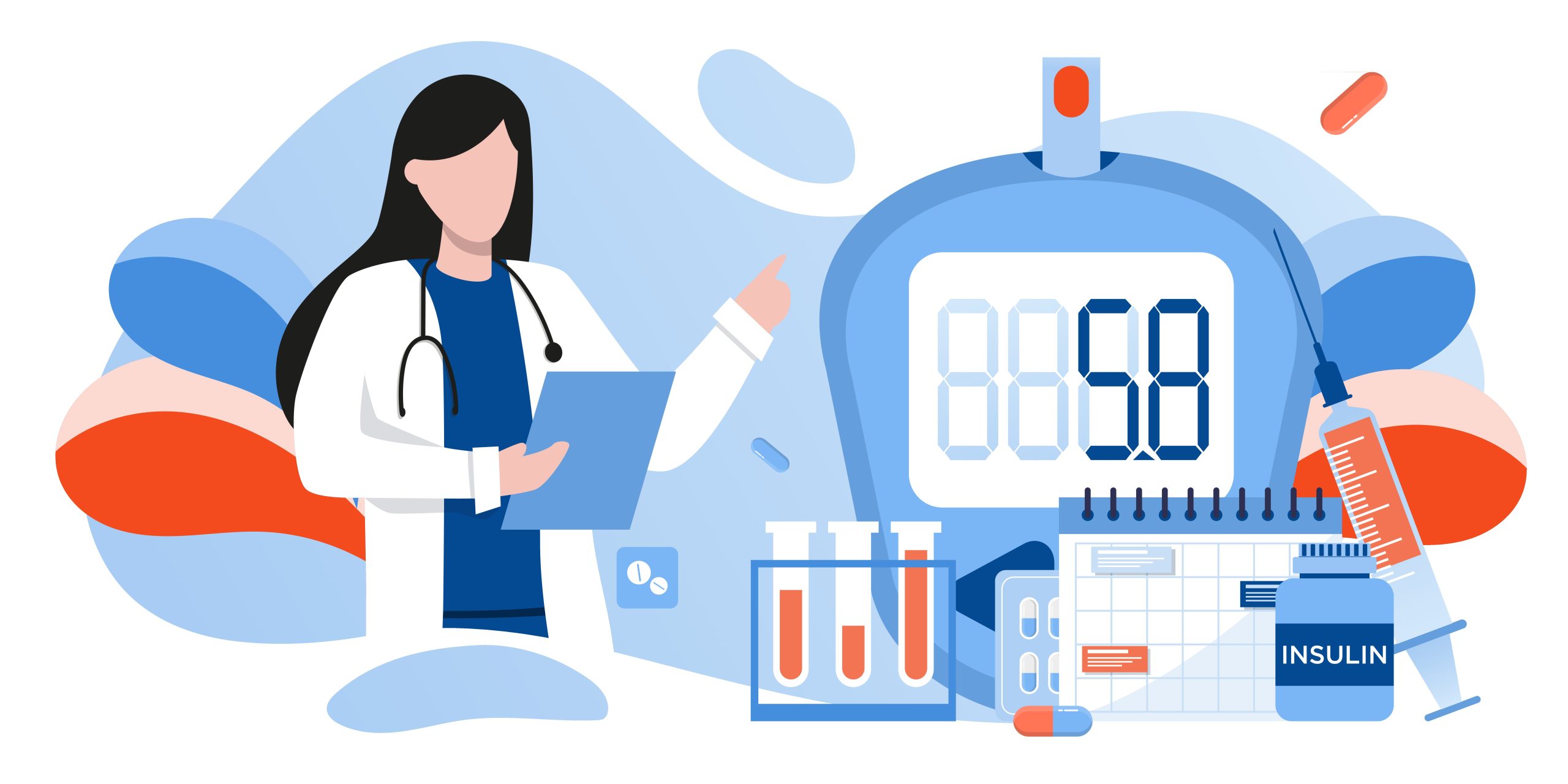Doctors use four basic signs of vitality to assess a patient’s state of health:
- heart rate
- respiratory rate
- temperature
- blood pressure
These measurements can be used to diagnose health problems, predict outcomes and help doctors.
What is blood pressure?
The blood pressure is the force that your blood exerts against the walls of arteries.
A blood pressure reading is made up of two numbers: the systolic (or top) pressure and the diastolic (or bottom or second) pressure.
Blood is pumped through your arteries with each heartbeat and circulated all over your body. These pulses of blood are accommodated by your blood vessels expanding and contracting.
The systolic blood pressure is the force with which blood flows through your arteries. Diastolic blood pressure is the force between each beat.
This information will give doctors an idea of the amount of work your heart does to pump blood, and how well you arteries can accommodate blood flow.
High blood pressure is often a precursor to heart disease, kidney failure and stroke. Knowing these measurements will help doctors detect problems early and prevent further health complications.
Low blood pressure can cause your muscles and tissues to not receive the oxygen and blood they require, leading to lightheadedness, fainting, and dizziness.
How your blood pressure is measured
In the doctor’s office, your blood pressure will be measured manually using a sphygmomanometer.
They will note when the first sound is heard (systolic pressure) and when the last sound is heard (diastolic pressure). The first sound (systolic) and the last sound (diastolic), will be recorded.
To get accurate readings it is important to have a professional check your blood pressure.
Tips for At-Home Blood Pressure Reading
You may be asked by your doctor to monitor your blood-pressure at home with an easy-to use digital blood-pressure monitor.
- Follow the instructions on the device and read them carefully.
- Do not consume caffeine or nicotine an hour before you take your blood pressure.
- First, use the bathroom. The readings can be affected by a full bladder.
- Don’t talk or engage in conversation while reading.
- You should support your back and keep your legs straight.
- Support your arm at heart level.
- Be sure to have the right size cuff for your arm.
- Measure your baseline and fluctuations by taking multiple readings.
- Compare the accuracy of your monitor at home with that of your doctor’s equipment.
Standard blood pressure is defined as a systolic and diastolic reading of less then 120. Hypertension or high blood pressure is diagnosed when the numbers exceed 80+ and reach 130+.
Your doctor will help you to understand the meaning of your blood pressure numbers and how to lower it if you have a high one.







